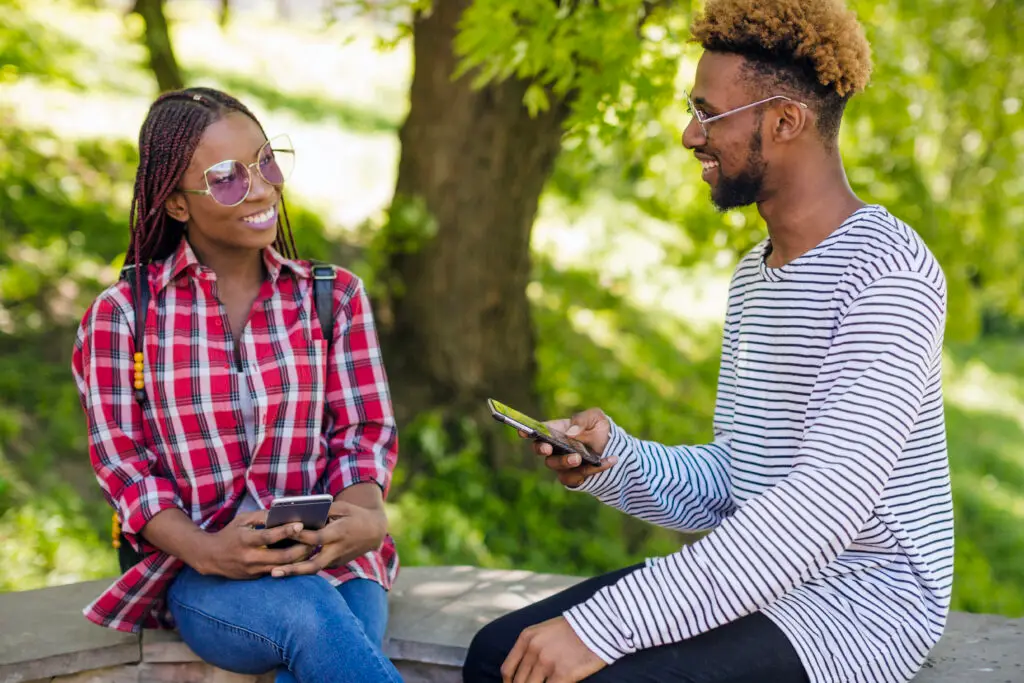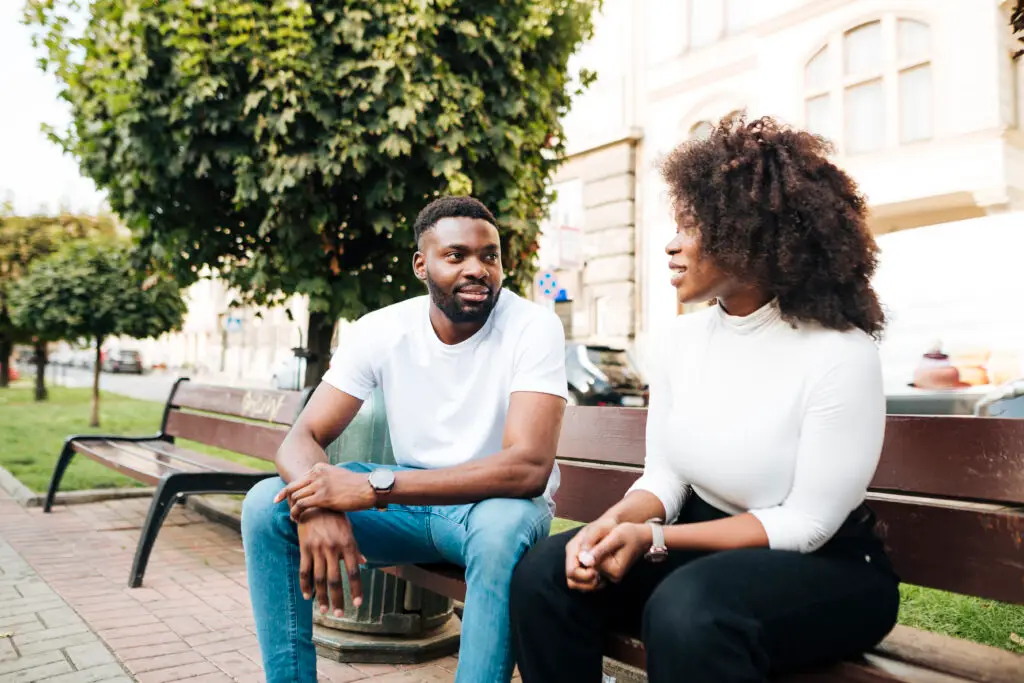Amidst the endless chatter of today’s world, the skill of active listening takes center stage in building strong relationships and fostering true understanding of others. It goes beyond simply hearing as it demands intentional efforts to truly absorb, sympathize, and respond thoughtfully.
In this blog, we will delve into the profound impact of active listening, shed light on its integral role in building deep connections and unravel the layers of understanding in our interactions with others. As we uncover the transformative potential of this often overlooked skill and how it serves as the foundation for meaningful and fulfilling connections; prepare yourself to become a better conversationalist – the go-to friend anyone would want to talk to.

What is Active Listening?
Active listening is a communication skill in which you actively engage with the speaker and understand their message. It goes beyond merely hearing the words stated and involves deliberate focus and attention. This ability requires paying attention to verbal and nonverbal clues and replying accordingly. It consists of asking questions that are open-ended, paraphrasing the speaker’s comments, and analyzing what you’ve heard. However, active listening, like other communication skills, is not natural for most people and requires additional training and practice.
Techniques Involved in Active Listening
The art of active listening involves applying some techniques or following steps in order to show your true interest and better understand a speaker you’re in conversation with. They include;
Active listening begins with paying undivided attention to the speaker. This entails devoting all your senses to a speaker as well as being focused on what is said by avoiding distractions. It is in the simple things like putting your phone away, switching off the television, and concentrating exclusively on the person speaking which would show how much you value the time being spent and words entrusted to you. By doing so, you demonstrate respect and genuine interest in what they are saying which encourages them to trust and be comfortable around you – freely saying whatever they have held at heart for so long.
Showing interest
Showing attention in the speaker’s words and taking note of nonverbal cues being demonstrated by the speaker while also demonstrating complement of these cues yourself is a way to show attentiveness – another crucial part of active listening. You should maintain eye contact, nod your head, and use facial expressions to demonstrate your interest. These nonverbal signs indicate that you are actively listening and encourage the speaker to continue sharing with no interruptions.
Provide feedback
Providing feedback at the right times during a conversation is essential for active listening. This can be accomplished via verbal cues such as clarifying questions, summarizing what the speaker has stated or addressing with the sentiments and opinions of the speaker. By providing comments, you show that you’re actively digesting the information and trying to grasp the speaker’s point of view. The speaker is then encouraged to continue and enjoy the conversation since they feel appreciated.
Avoiding distractions
Distractions are barriers and must be avoided in order to practice active listening effectively. They come in the form of external ones; noise, interruptions or gestures as well as internal barriers that include a person’s ideas, biases or beliefs. To be an active listener, it is essential that you overcome obstacles that would prevent you from appreciating the information being passed. By intentionally focusing on the speaker and removing any distractions, you create an environment conducive to active listening. Also, ensure you are as open-minded as possible, whether or not the speaker’s comment contradicts your personal beliefs or not.
Benefits of Active Listening

Becoming an active listener, though a challenging thing to do, has a lot of advantages for you and the people around you. They include;
Improved communication
Active listening improves communication by making both parties feel heard and understood. When we actively listen, we can better understand the speaker’s intended message and respond properly. Parties involved in the conversation learn to communicate in a manner that is easily appreciated – void of any kind doubt, resentment or distractions.
Enhanced understanding
By attentively listening, we can obtain a better comprehension of the speaker’s thoughts, feelings, and viewpoints. This understanding enables us to connect on a deeper level, cultivating empathy and compassion. As a result, we are led to put ourselves in the same shoes as the other person, which makes it easier for us to let go of sentiments that may fight the opinions being voiced by the speaker.
Deeper trust and rapport
Active listening fosters trust and rapport within partnerships. People feel appreciated and respected when they are heard. This fosters a comfortable and supportive environment in which people are more willing to open up and share their views and feelings. In the end, a stronger relationship is built and longer-lasting friendship is promoted.
Better sense of empathy and compassion
It fosters empathy and compassion by allowing us to see circumstances from the speaker’s perspective. When we actually listen and understand others, we are more inclined to respond in a manner that proves how much we resonate with the being of that person, which strengthens our bonds.
Conclusion
Active listening is more than just a communication skill; it is the foundation of lasting relationships. It can help people create understanding, trust, and compassion, resulting in better connections and more meaningful encounters. So, let us resolve to become better listeners, because doing so will result in richer, more satisfying interactions in all facets of our life.





